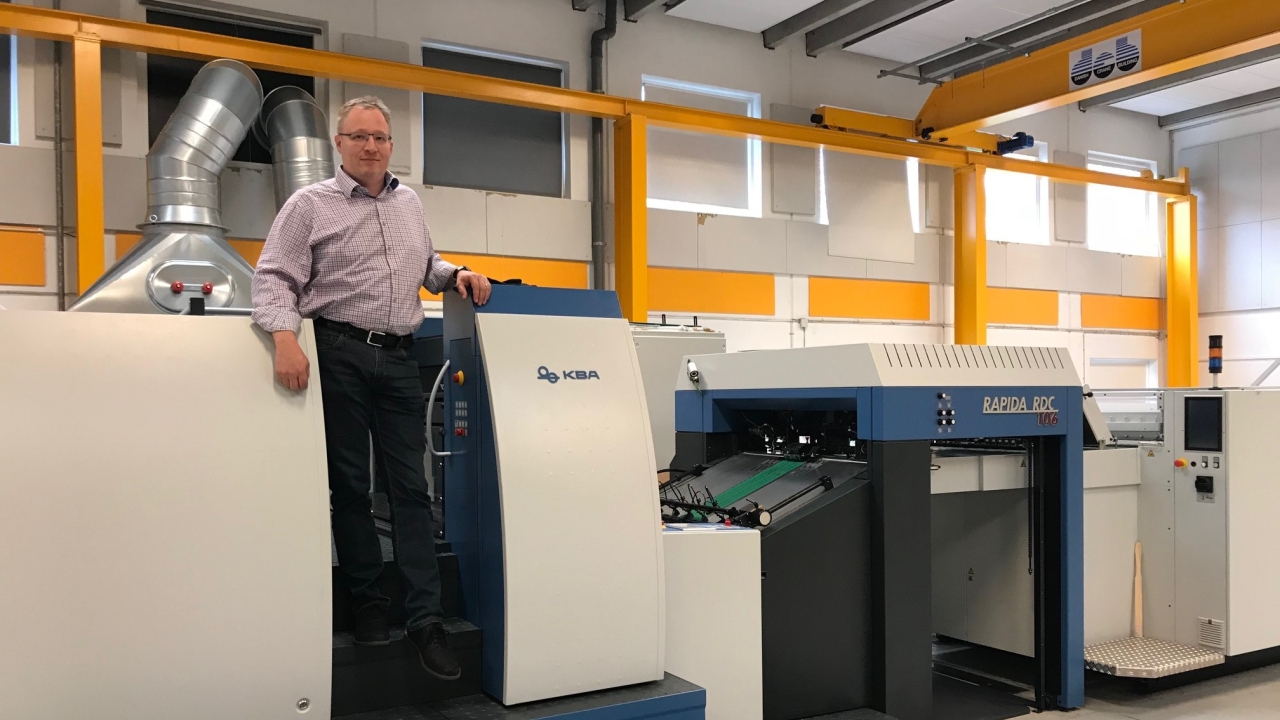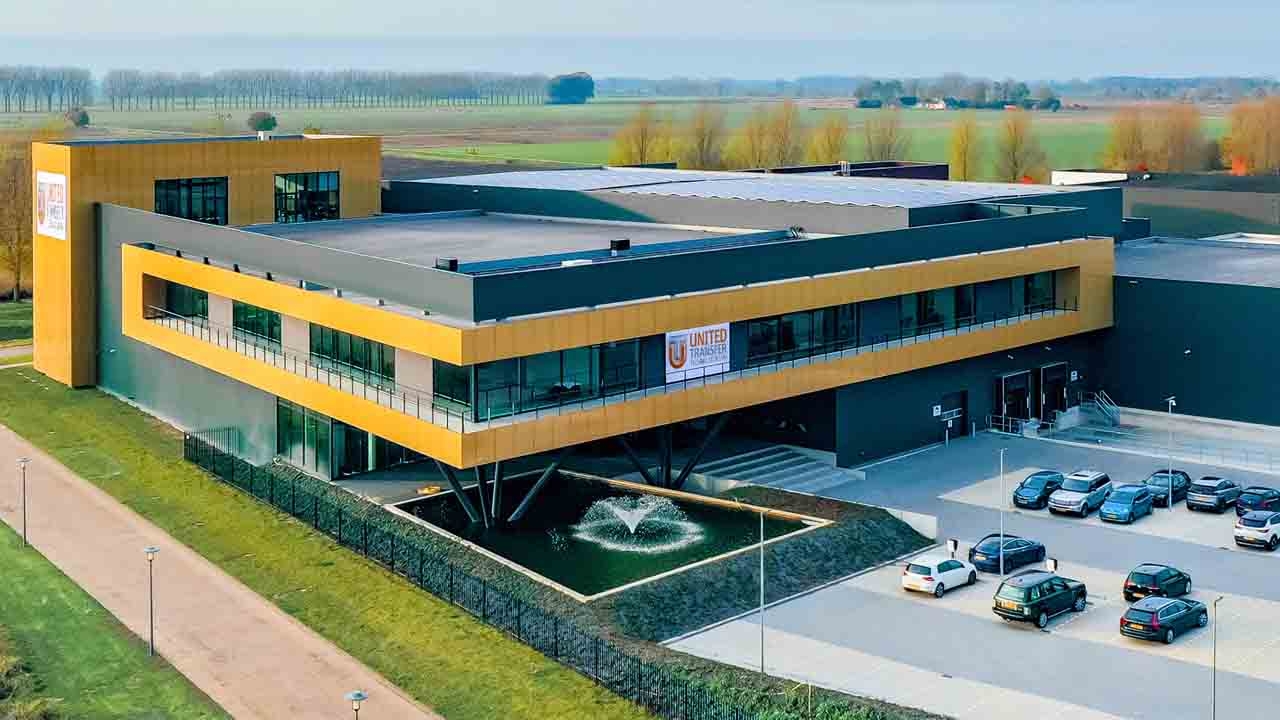ScanMould reports benefits of rotary die-cutting for IML
ScanMould, Scandinavia’s first dedicated IML label converter, has reported positive benefits from the use of a Rapida RDC 106 rotary die-cutting machine from Koenig & Bauer.

The company was founded two years ago and has previously identified opportunities in a number of markets across Europe as it targets growth. Having supplied complex oxygen barrier labels to Scandinavia’s largest rigid plastic packaging manufacturer, ScanMould managing director Martin Fundal saw the opportunity to develop a dedicated production unit to fulfill the growing demand for IML.
ScanMould has operated the Rapida RDC 106 since the middle of 2017. The machine was installed in a configuration with a single die-cutting unit and accessories for the processing of labels and in-mold films. Important features include the sidelay-free in-feed system, DriveTronic SIS, as well AirTronic delivery, compressor cabinet and those to provide scratch-free sheet travel. Both reels and individual sheets can be handled. An RS 106 reel sheeter incorporating the newly developed Register-Cut system cuts reels from a flexo press into sheets of the required length ahead of the feeder. Subsequently, the sheets are fed to the rotary die-cutter in precise register. Video systems at the feeder and in the delivery permit close observation of the passing sheets.
For ScanMould, it is a major advantage that reels printed on a large flexo press can be sent to the Rapida RDC 106 without further intermediate steps thanks to the reel sheeter.
Koenig & Bauer identified ScanMould as an early adopter of rotary die-cutting on the basis of Rapida sheet-fed offset technology. ScanMould estimates that the Rapida RDC 106 is nine times more effective in production compared to a classic flatbed die-cutter. This can be attributed both to the higher processing speed of up to 12,500 sheets per hour (for other applications, up to 15,000 sheets per hour) and to the faster make-ready. Make-ready on the Rapida RDC 106 is claimed to be approximately three to four times faster than on a conventional die-cutter. Furthermore, the necessary dies and cutting formes are significantly less expensive than those of a traditional system.
Already after the first months of production, the expectations placed on the Rapida RDC 106 at ScanMould have been fulfilled. A complete job changeover, including die and forme change, takes 5-10 minutes. This makes the machine suitable for both high-volume production and short runs, as the high die-cutting speed is effective for long runs and the fast job changeovers ensure that shorter runs are also economical.
Fundal added: ‘The register accuracy in die-cutting is absolutely perfect.’
He is convinced that the Rapida RDC 106 could be used equally successfully in folding carton production, in addition to IML. At ScanMould, however, production has from the very beginning been focused on the printing and die-cutting of in-mold labels.
‘It is by far the most effective die-cutter on the market,’ concluded Fundal.
Stay up to date
Subscribe to the free Label News newsletter and receive the latest content every week. We'll never share your email address.

